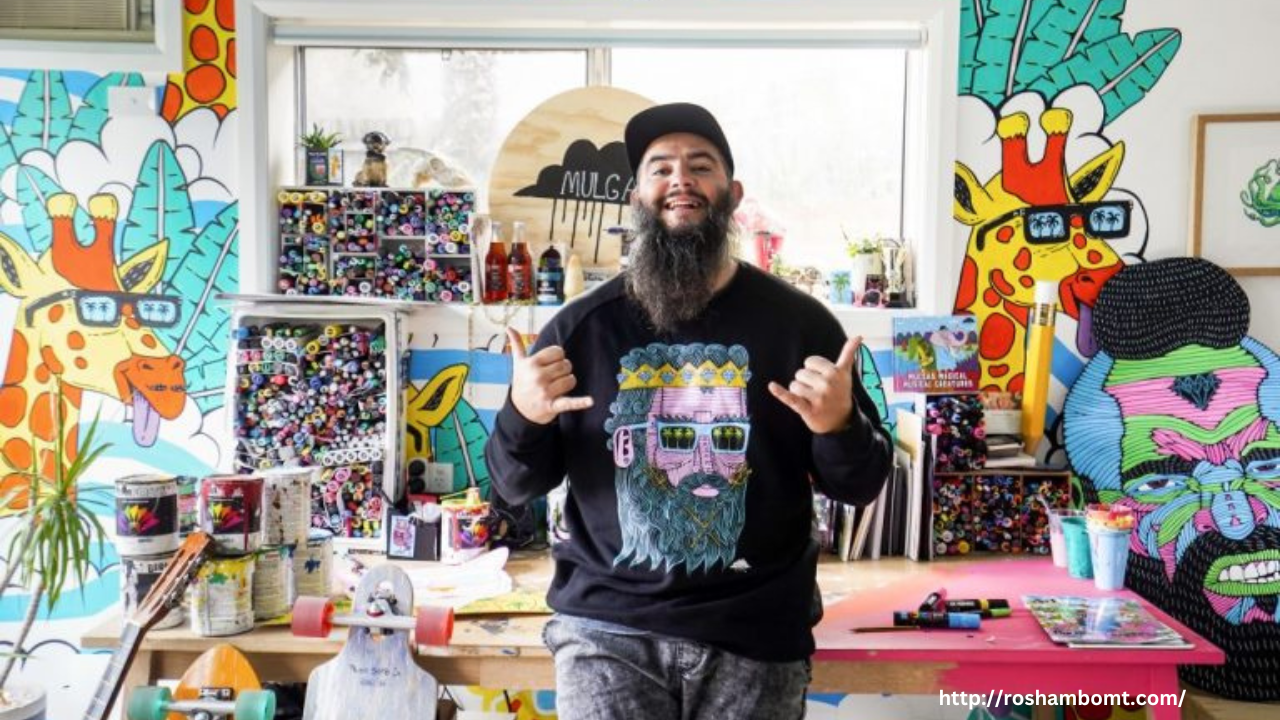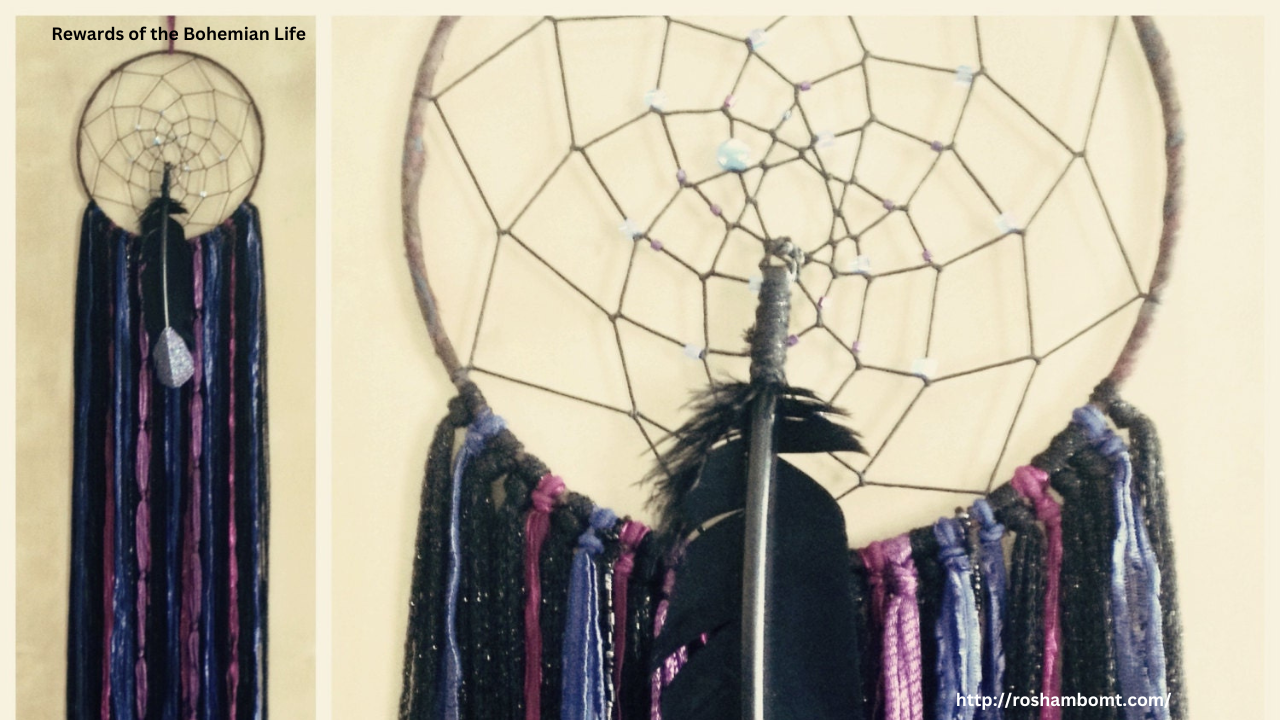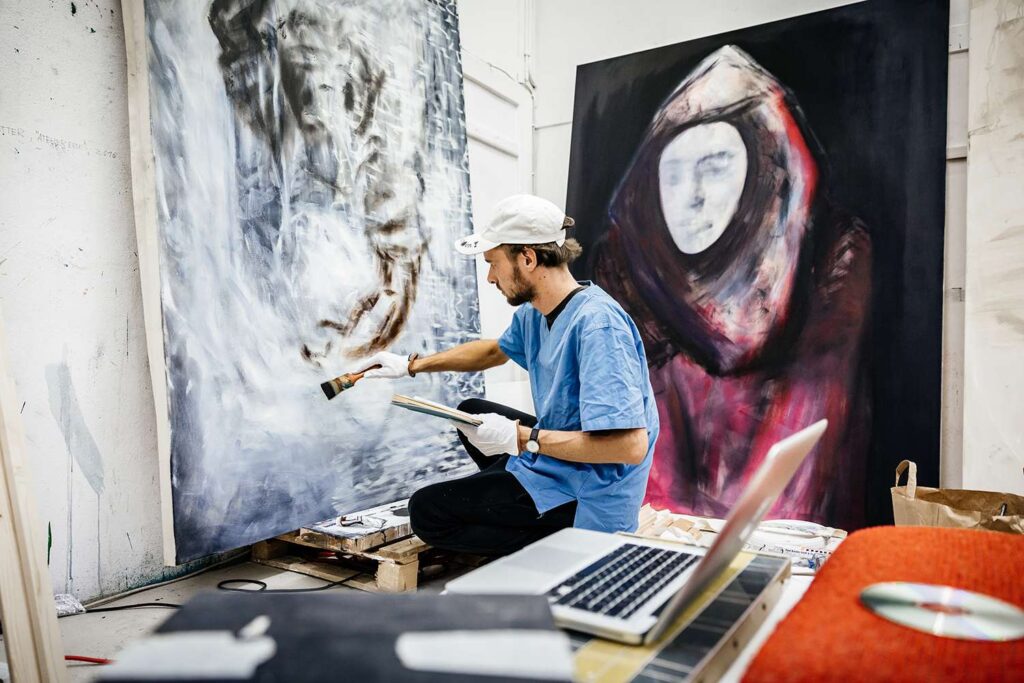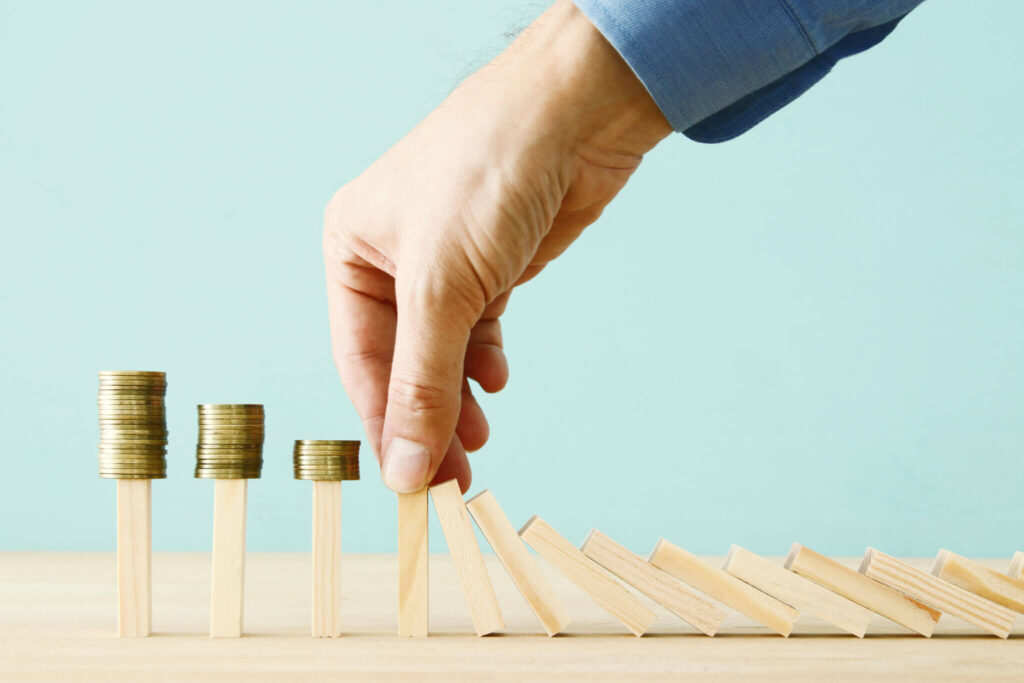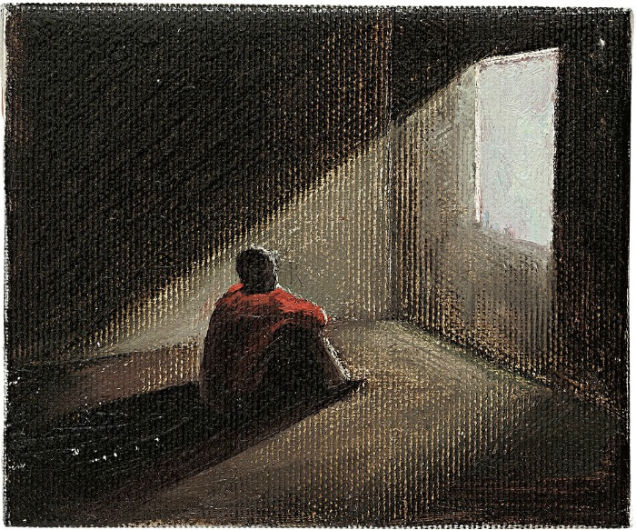
The life of an artist often oscillates between intense solitude and vibrant social interaction. While creativity often flourishes in quiet, introspective moments, connection with others can provide inspiration, feedback, and emotional support. Striking the right balance between solitude and social life is essential for artists to maintain both their mental well-being and artistic productivity.
The Power of Solitude in Artistic Creation
Solitude plays a crucial role in the creative process. It provides artists with the mental space to reflect, experiment, and dive deeply into their inner worlds. In this quiet setting, distractions are minimized, allowing for a state of flow where creativity can truly thrive. Many artists find their most authentic voice in moments of solitude, free from outside influences.
Solitude also encourages self-discovery and emotional expression. Whether it’s through painting, writing, or music, being alone with one’s thoughts enables artists to explore complex emotions and translate them into powerful works of art. This introspective time is often when breakthroughs occur, making it an essential component of an artist’s routine.
However, prolonged isolation can also have its downsides. Without external input or social engagement, artists may experience feelings of loneliness, self-doubt, or creative stagnation. That’s where the importance of social life comes into play.
The Role of Social Life in Artistic Growth
While solitude fuels introspection, social interaction brings fresh perspectives and collaborative energy. Engaging with other artists, friends, and audiences can reignite creativity and provide valuable feedback. Conversations and shared experiences often become sources of inspiration, sparking new ideas and projects.
Networking and community involvement are also vital for professional development. Attending exhibitions, workshops, and art events helps artists stay informed about trends, build relationships, and open doors to opportunities. A supportive network can offer encouragement, constructive criticism, and a sense of belonging.
Moreover, maintaining a healthy social life contributes to overall well-being. Sharing life with others reduces stress, combats loneliness, and fosters emotional resilience. Artists who invest in personal relationships often find renewed energy and motivation in their creative work.
Finding the Balance
Balancing solitude and social interaction is a personal journey that varies for each artist. It requires self-awareness and intentional planning. Some artists may benefit from a structured routine that allocates time for both focused work and social activities. Others might thrive on a more fluid schedule that adapts to their creative rhythms.
Setting boundaries is key. Protecting quiet time for creation while making room for meaningful connections helps maintain equilibrium. Digital tools and platforms can also assist in balancing these elements, enabling remote collaboration and social interaction without compromising solitude.
Conclusion
The solitude and social life of an artist are not opposing forces but complementary aspects of a fulfilling creative life. While solitude nurtures deep artistic expression, social interaction enriches perspective and emotional health. By finding the right balance, artists can sustain their creativity, connect meaningfully with others, and build a lifestyle that supports both their art and their well-being.
